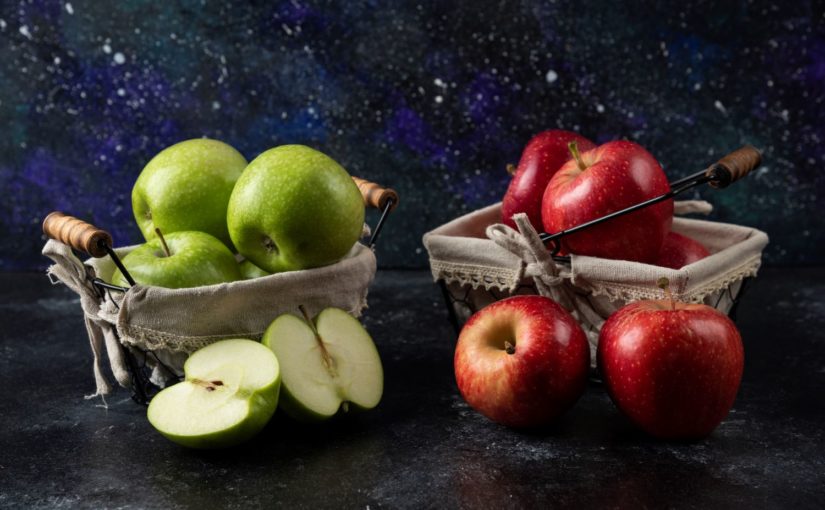Der Aufbau des Buches hat mir gut gefallen. Erst vom eigenen Ich als Führungskraft zum Team, zur Organisation und dann zur Widerstandskraft zu kommen, passt zu den Einflussbereichen, die man hat und die sich gegenseitig bedingen. Neuen Führungskräften können die ein oder anderen Hacks sicherlich gut für ihre Arbeit gebrauchen. Die Hacks kommen viel aus dem systemischen und konstruktivistischen Ansatz, der sehr effektiv ist und auch im Coaching angewendet wird.
Dennoch sehe ich ein paar Schwächen in dem Buch, die mich zu einer eher mäßigen Bewertung gebracht haben.
Die erste Schwäche ist, der fehlende Bezug zur Organisation / Unternehmen, in der die Führungskraft agiert. Führung hat immer etwas mit dem Kontext zu tun, indem ich bin. Welche Werte hat die Organisation / das Unternehmen, wie ist der Umgang miteinander, den ich als Führungskraft durch Beobachtungen erkennen kann. Gibt es bestimmte Führungsrichtlinien oder besonderes Verhalten, was von der Organisation / Unternehmen gefordert wird? Eine Führungskraft kann nicht einfach führen, wie sie will. Der Führungsstil muss in den Kontext passen und zur Organisation / Unternehmen, indem die Führungskraft arbeitet. Im Buch wird dies nicht einmal erwähnt. Das finde ich sehr schade, da das Missachten der Organisationskultur schnell zu einem Missverstehen führen kann und dann sogar zum Ende der Führungsrolle. Man spricht hier von Kultur-Fitness.
Die zweite Schwäche ist die unsaubere bis mangelnde Inhalts-Recherche für die Hacks. Für jeden der Hacks gibt es „Erfinder“, die entweder nicht erwähnt oder falsch benannt werden.
Hier ein paar Beispiele für unsaubere Recherche, die ich in vielen weiteren Hacks in ähnlicher Weise vorfand:
1. Im Hack 1 beschreibt die Autorin den „Als ob Rahmen“ Das ist eine bekannte Frage von Steve de Shazer die Wunderfrage. Es wirkt in dem Buch, als sei es ihre Idee, dabei gibt es einen klaren Autor, der meines Erachtens genannt werden sollte
2. Im Hack 3 wird die „Hüte Methode“ beschrieben. Diese kommen von de Bono und sind abgewandelt von den sechs Denkhüten
3. Im Hack 5 wird die SMART + V Methode erklärt, diese kommt von Georg T. Doran und nicht von Peter Drucker, der sie nur aufnahm, (siehe https://community.mis.temple.edu/mis0855002fall2015/files/2015/10/S.M.A.R.T-Way-Management-Review.pdf). Das ergänzte V ist eigentlich zudem überflüssig, da es im R schon enthalten ist. Hier die Übersetzung aus dem Original-Artikel: “Realistic: Geben Sie an, welche Ergebnisse angesichts der verfügbaren Ressourcen realistischerweise erzielt werden können.“ Realistisch ist für den Menschen nur das, was er visionieren, sich vorstellen kann. Dafür erschaffen wir schließlich Visionen, um uns eine realistische Zukunft vorzustellen. Durch das angehängte V geht auch der Sinn von Akronymen verloren. Da ein Akronym immer ein eigenes Wort darstellen sollte, das zum Thema passen sollte. SMART+V würde also der Methode das SMARTe / Clevere nehmen.
Wenn ich einen Ratgeber oder ein Fachbuch lese, finde ich es wichtig, dass eine saubere Recherche gemacht worden ist. Inhalte, die von anderen entwickelt worden sind, sollten in einem Buch als solche gekennzeichnet werden. Autoren gar nicht zu nennen, wie es bei der „Als-ob-Frage“ oder der gewaltfreien Kommunikation (ist von Rosenberg) geschehen ist, suggeriert dem Leser, dass der Erfinder dieser Methode unbekannt ist oder die Autorin selbst. Falsche Autoren wie bei SMART für Inhalte anzugeben, nur weil die ersten Einträge bei Google gleich (schlecht recherchiert worden) sind, reicht in meinen Augen nicht aus. Hier sollte die Autorin Zeit investieren, die wirkliche Quelle zu finden. Ich schreibe selber Fachbücher und ich versuche immer an Original-Quellen zu bekommen, das kostet viel Zeit, aber es ist einfach fairer den wahren Autoren gegenüber, sie als Urheber zu benennen. Inhalte, die von anderen Autoren kommen, so zu formulieren, als seinen es eigene Entwicklungen, empfinde ich unfair und unlauter.









